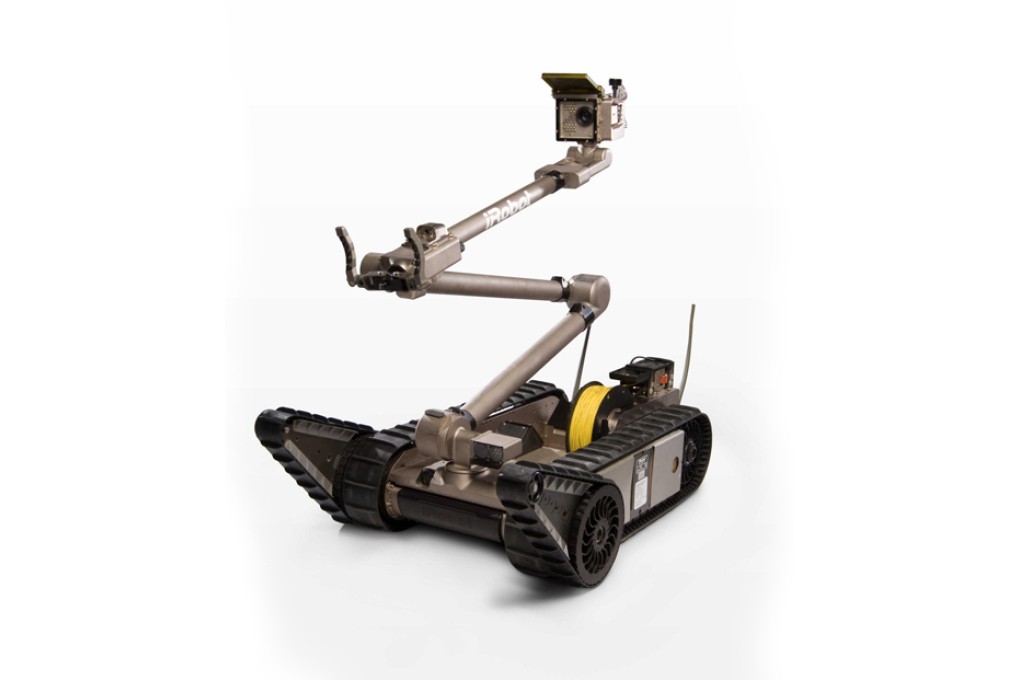How technology created for use in space has benefited life on earth
Technologies developed for use in lunar and planetary exploration have benefited life on earth, and the trend is set to increase, writes Jamie Carter

What has space exploration ever done for us? In the wake of China's recent moon mission - and with US space agency Nasa talking about landing a man on an asteroid in the 2020s, and on Mars in the 2030s - taxpayers are inevitably asking, is it worth the money?
We're always being told that space exploration benefits everyone, but there's a popular feeling that it's largely about national prestige and military technology. The Chang'e 3 lunar lander is symbolic of a rising China, undoubtedly, but it's also expected to kick-start the development of new communications technologies.
That might seem vague, but even a quick glance at your smartphone will reveal a glaring example of how research and development for space missions has helped shape our modern digital world.
In fact, our daily lives are stuffed full of space spin-offs. See that tiny camera in your smartphone? It comes from Mars. Now used in billions of cameras, smartphones, webcams and D-SLR cameras, the complementary metal-oxide-semiconductor active-pixel sensor (CMOS-APS) "camera-on-a-chip" was invented in the 1990s by Professor Eric Fossum, now of the Thayer School of Engineering at Dartmouth in southwestern England - and a former engineer at Nasa's Jet Propulsion Laboratory.
The CMOS-APS sensor, which consumes 100 times less power than previous digital camera chips (and can therefore run off a smartphone battery) also has a pixel architecture hard enough to withstand the radiation encountered during long journeys through space.
